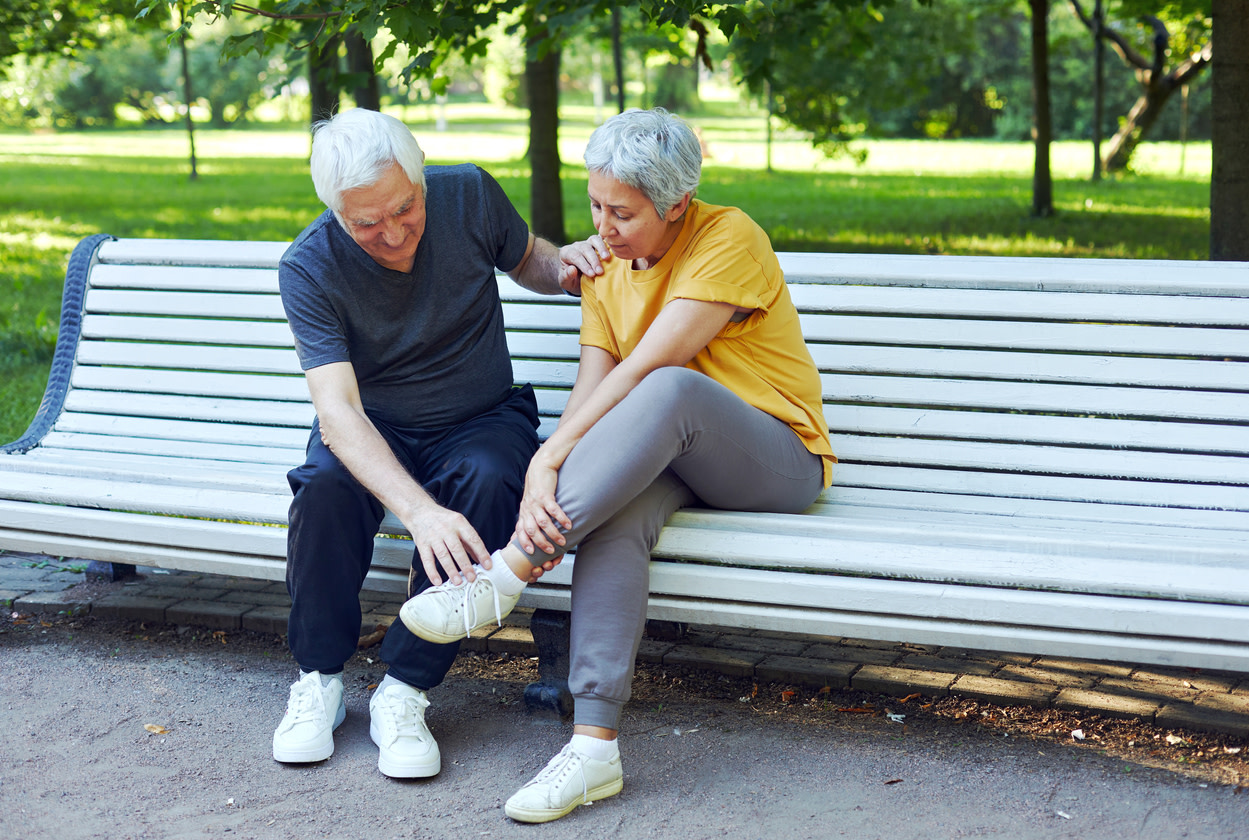Ankle pain when walking: treatments and exercises
Learn why your ankle hurts when you walk and get tips and exercises from physical therapists to improve your ankle strength to prevent pain.
0 $ pour vous
Dernière mise à jour : May 7, 2025
Table des matières
Fully covered foot or ankle pain relief
Find relief from foot pain, ankle pain, plantar fasciitis, & more.
Check if I'm eligibleExercises for ankle pain relief
Want expert care? Check if you're covered for our free program →- Soleus Stretch
- Calf Raises
- Tib Raises
- Squats
